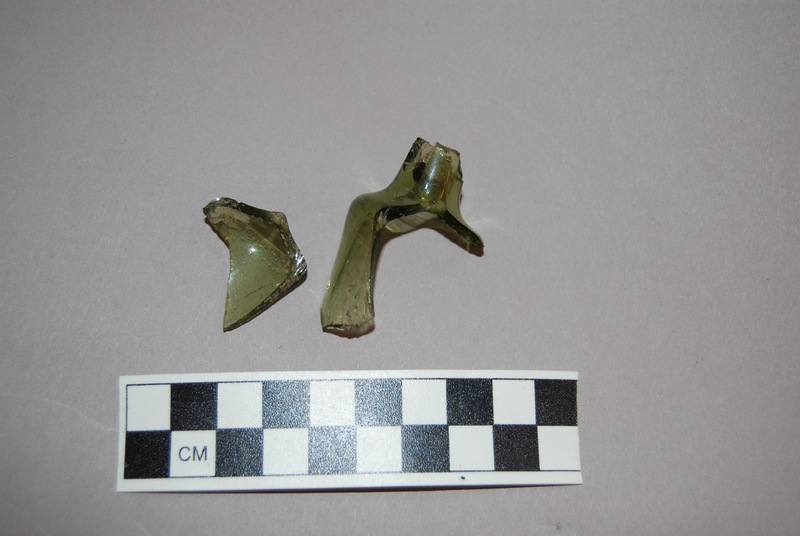Browse Items (16 total)
- Tags: 18
Sort by:
Background: The website, Diagnostic Artifacts of Maryland, allows us to conclude that the artifact that we excavated is a German brown salt glaze stoneware with iron oxide slip from the 17th century (Image 1). This is most likely from the neck of a…















